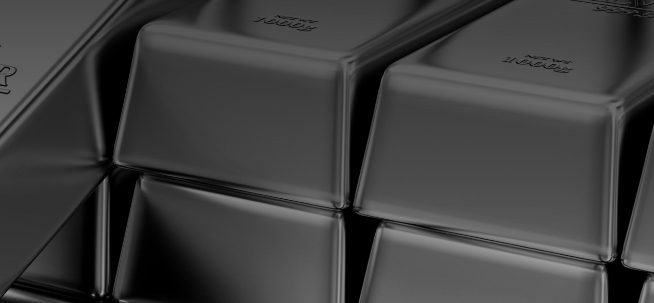Assays Up To 348g/t silver, 12.2% zinc And 5.9% Lead 140m In Sweden
Alicanto Minerals (ASX: AQI) has obtained exceptionally high-grade assays from its maiden drill hole at the Sala-Silver-Lead-Zinc project in Sweden.
Three holes have now been completed to date with the remaining two awaiting assays. Renowned internationally for exceptionally high silver grades, Sala produced more than 200Moz of silver at an estimated grade of 1,244 g/t with local grades reported as high as 7,000 g/t.
Managing Director, Peter George, said mining at Sala ceased in 1908 and no deep drilling has been completed at the project
“We could not have hoped for a better start to our drilling programme,” he said.
“The grades are exceptional and support our belief that there is a lot more mineralisation to be found at Sala.
“The fact that this hole is 140m down-dip of the previous intersection and that the mineralisation remains open in every direction also supports our view.
“With the second and third holes showing very similar characteristics to this first hole, we are looking forward to more assays over coming weeks.”
Results have confirmed two significant high-grade zones that represent the down dip continuation of historic intercepts.
Significant intercepts from the maiden AQI drillhole include:
• 3.8m @ 7.7% Zn and 9g/t Ag from 572.75m
• 6.8m @ 123 g/t Ag, 2.3% Pb and 1.4% Zn from 589.75m (Including 0.95m @ 348 g/t Ag, 5.9% Pb & 4.06% Zn) from 592.58m
The reported drill results represent a step out of 140m down dip on the area known as the Prince Lode which has had a total of 12 diamond holes published previously drilled during the 1980’s and 2008.
The historical results have never been followed up and Alicanto is targeting the down dip and along strike extensions of this zone.
The recent step out has extended known mineralisation to an area of 400m by 500m by 200m which remain completely open.
The Historic Bergslagen Mining District – host to a number of world class polymetallic skarns
The distinct differences in sulphide assemblage intersected in SAL21-01, being a Zinc rich and Silver/Lead rich end member is in line with the historically described, types of mineralisation at the adjacent Sala mine.
Sala, once Europe’s largest silver producer, produced more than 200Moz of silver at an estimated average grade of 1,244 g/t and grades reported as high as 7,000 g/t. Sala also produced over 35,000t of lead at 1 to 2% as well as mined zinc at an average grade of 12%.
A small drill programme undertaken in 2012 demonstrated that the Sala mineralisation continues to plunge to the north from the historic mine area, with grades as high as 1.65m @ 463 g/t Ag, 0.9% Zn & 8% Pb2 . The historic Sala deposit remains open to the north and down-dip.
The Sala system is a polymetallic skarn hosted in dolomitic marble and occurs dominantly as silver-bearing galena and to a lesser extent as complex antimonides, sulphosalts and native silver. The silver content of the galena was between 0.2% to 1.0%, the latter being one of the highest contents of silver in galena ever reported.
The Sala Project is located 50km from Boliden’s operating Garpenberg Mine. Garpenberg has produced over 40Mt of ore and has a current resource of 151.5Mt @ 2.75% Zn, 1.3% Pb and 86.6g/t Ag.
Garpenberg mine which is currently being mined to a depth of 1250m below surface and has been operating continuously for over 64 years.
Sala and Garpenberg are both limestone-skarn hosted replacement type deposits with several different style lenses along one major limestone unit. The Sala system is completely untested below 500m and open in all directions.
The company believes the polymetallic skarn system at Sala as highlighted by the high-grade intercepts directly next to the Sala Mine combined with the lack of previous drilling presents a significant opportunity to target continuations of known mineralisation and to grow the mineralised footprint of a significant historic producing mine.
For further information please visit: https://www.alicantominerals.com.au/












